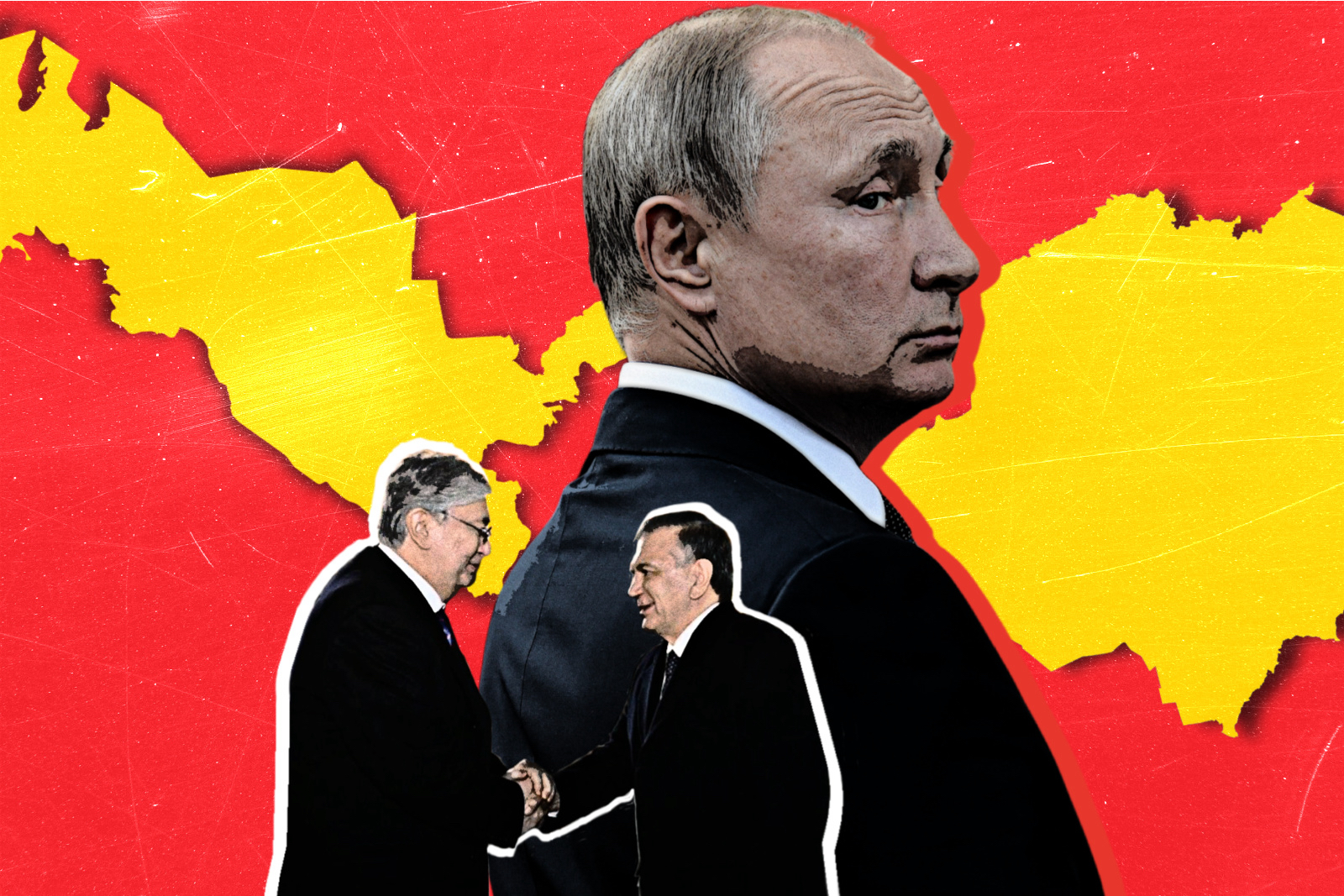
Essential Breakthrough in Kazakhstan-Uzbekistan relations
During his state visit to Tashkent, Uzbekistan in late December, Kassym-Jomart Tokayev, Kazakhstan’s president, met with his counterpart Shavkat Mirziyoyev. Some 40 commercial agreements worth $2.5 billion were signed while the two leaders also reached a border-demarcation agreement. Most significantly, the two countries signed the Treaty on Allied Relations, which marks a re-inauguration of autonomous economic cooperation between Central Asia’s two largest states.
It is a positive indicator for Europe and the West that Kazakhstan and Uzbekistan are tending toward such intensive bilateral cooperation outside of Russian influence. “It would be no exaggeration,” Tokayev said, “to call this document a historic breakthrough.”
Russia’s legacy of influence
Post-Soviet cooperation between Kazakhstan and Uzbekistan began with the Central Asian Union, created in 1994, which eventually included Kyrgyzstan and Tajikistan and was renamed the Central Asian Cooperation Organisation (CACO). However, after Russia joined the CACO a few years later, it was absorbed by the Moscow-directed Eurasian Economic Community. In every practical sense, this killed Central Asia’s first attempt to establish autonomous cooperation separate from Russia, and by 2008, Uzbekistan withdrew from the Eurasian Economic Community.
In 2015, the Eurasian Economic Community was superseded by the Eurasian Economic Union (EEU), another Moscow-dominated initiative, designed to maintain and project Russian influence across its sphere of influence. Of the EEU’s five full members, only two – Kazakhstan and Kyrgyzstan – are from the Central Asian region, while Uzbekistan is an observer. The other members are Russia, Belarus, and Armenia. Western sanctions against Russia have further stalled the EEU’s already sluggish momentum and strengthened the Central Asian need to diversify trade outside this bloc.
The Treaty on Allied Relations
Treaties of allied relations have been signed by other post-Soviet countries in recent years. But they were mainly limited to “friendship and cooperation” agreements. The new treaty between Kazakhstan and Uzbekistan is different. Although it is not the equivalent of the NATO agreement, nor the Collective Security Treaty Organisation (CSTO) of the Commonwealth of Independent States (CIS), it still constitutes a landmark structure of autonomous Central Asian cooperation.
The new agreement will help Uzbekistan to better implement the convertibility of its national currency, the som. It was only in 2017 that Uzbekistan’s som became freely convertible into Western currencies. Foreign direct investment in Uzbekistan had suffered greatly from its absence, hindering any dynamic growth during the reign of Islam Karimov, Mirziyoyev’s predecessor.
Moreover, Kazakhstan and Uzbekistan created a mutual working group, chaired at the level of their Deputy Prime Ministers, with a vision to consider a joint foreign trade company. A series of specific agreements for industrial cooperation point toward economic integration. The two countries also agreed, during the recent negotiations, to create both a Supreme Interstate Council and an Inter-Parliamentary Council.
The enhanced Turkic vector
The new Treaty on Allied Relations between Kazakhstan and Uzbekistan will reinforce Central Asian geo-economic cohesion, greatly needed in the face of the region’s two powerful neighbours, Russia, and China. As confidence and trust build in the bilateral arena, the alliance could potentially provide modest mutual guarantees for security assistance. At the same time, Kazakhstan continues its longstanding “multi-vector” foreign policy, which Kassym-Jomart Tokayev has shepherded for decades.
This strategy notably includes economic cooperation with various European countries and the United Kingdom, as well as with South Korea and Japan in East Asia, and the Gulf states in the Middle East. This year, Tokayev launched yet another diplomatic initiative to add more countries to Kazakhstan’s list of foreign policy multiple vectors. Astana is now pursuing a new “Turkic vector” that includes not just Turkey but all member-states of the Organization of Turkic States (OTS), which was created following a Kazakh suggestion, on the basis of the former Turkic Council.
The OTS represents nothing less than an organizational restructuring and transformation of the Turkic Council and its affiliated institutions, providing them with legal status as a fully-fledged intergovernmental organization. This Turkic geopolitical pivot complements trans-Caspian initiatives for trade and logistical connections, in particular the Trans-Caspian International Transit Route (TITR – also called the “Middle Corridor”). The OTS also adopted a 2040 road map for the Turkic world.
Supporting geopolitical balance
Kazakhstan and Uzbekistan, being Central Asia’s two largest and most important states, created a new potential for autonomous economic integration in the region. Azerbaijan, which is already an important player in the emerging Turkic states space, could pour into this formula additional multilateral aspects down the road. Thus, Baku is playing an important role in the Trans-Caspian route and simultaneously facilitating trilateral cooperation with Turkey and Turkmenistan.
The new treaty between Kazakhstan and Uzbekistan further reinforces this regional tendency toward relative autonomy. Therefore, the fresh Treaty on Allied Relations deserves the support of all countries interested in preserving geopolitical balance, in the Central Asian region.
